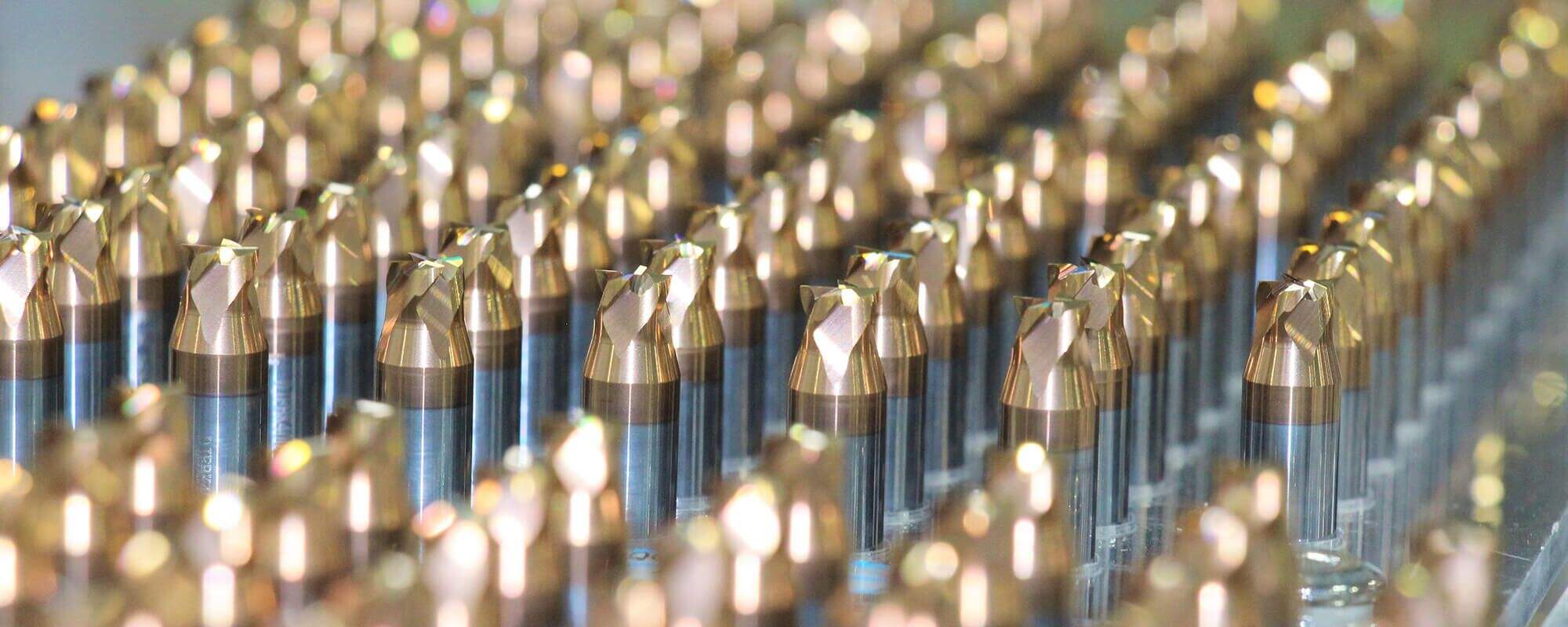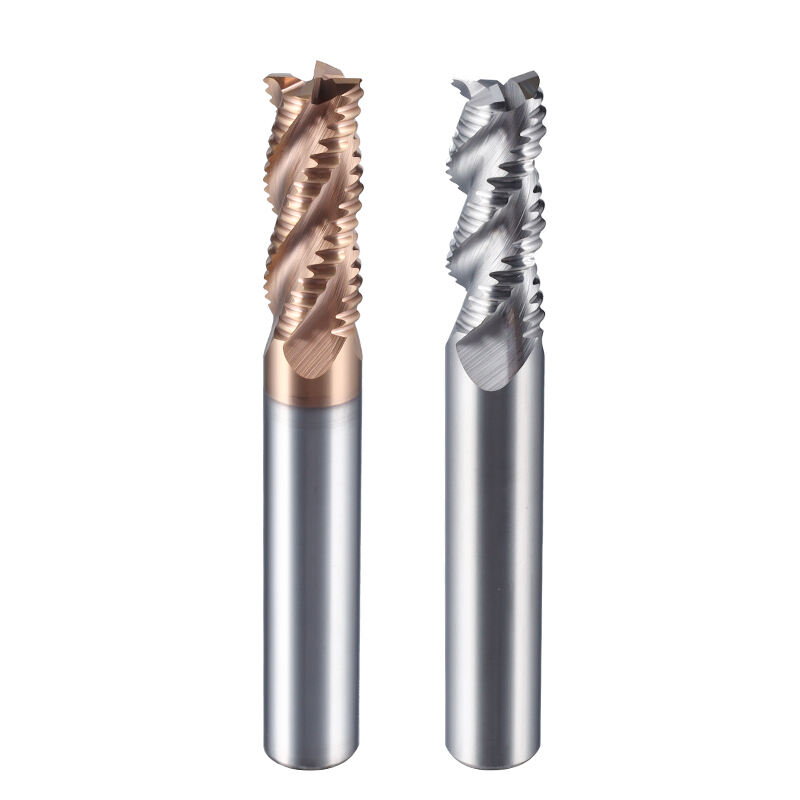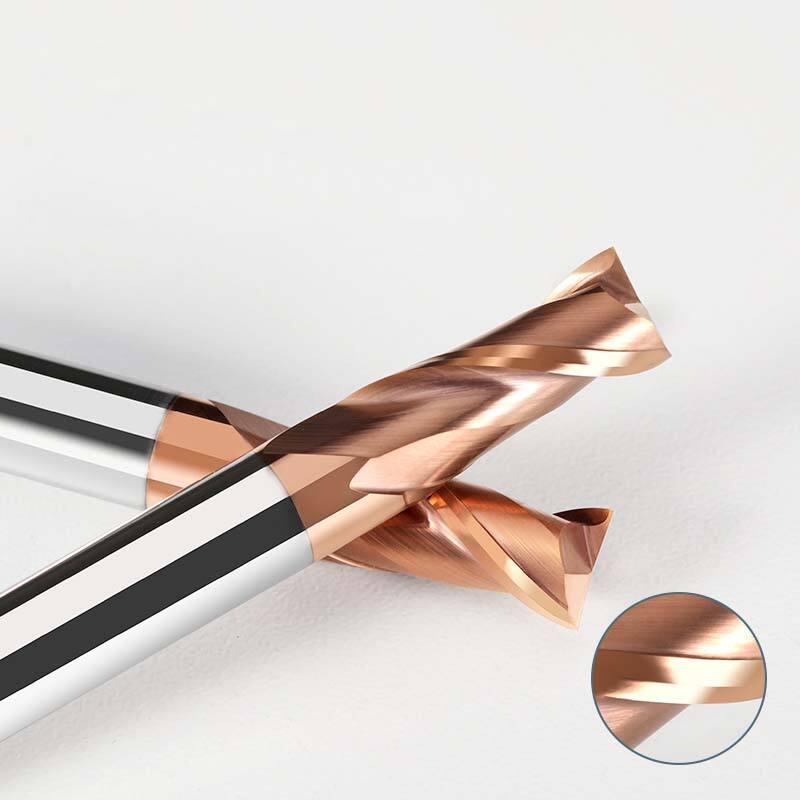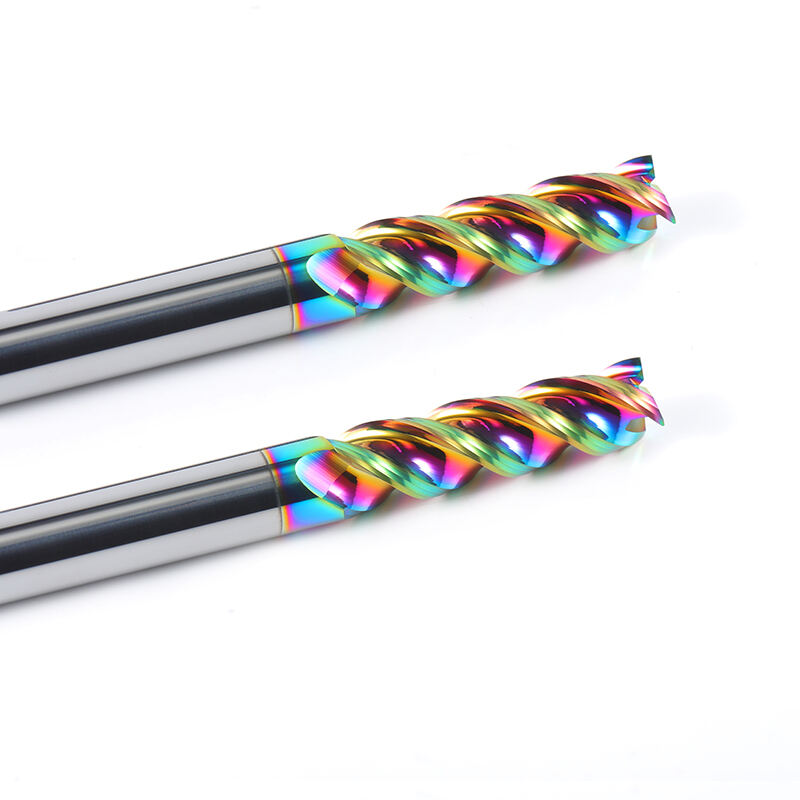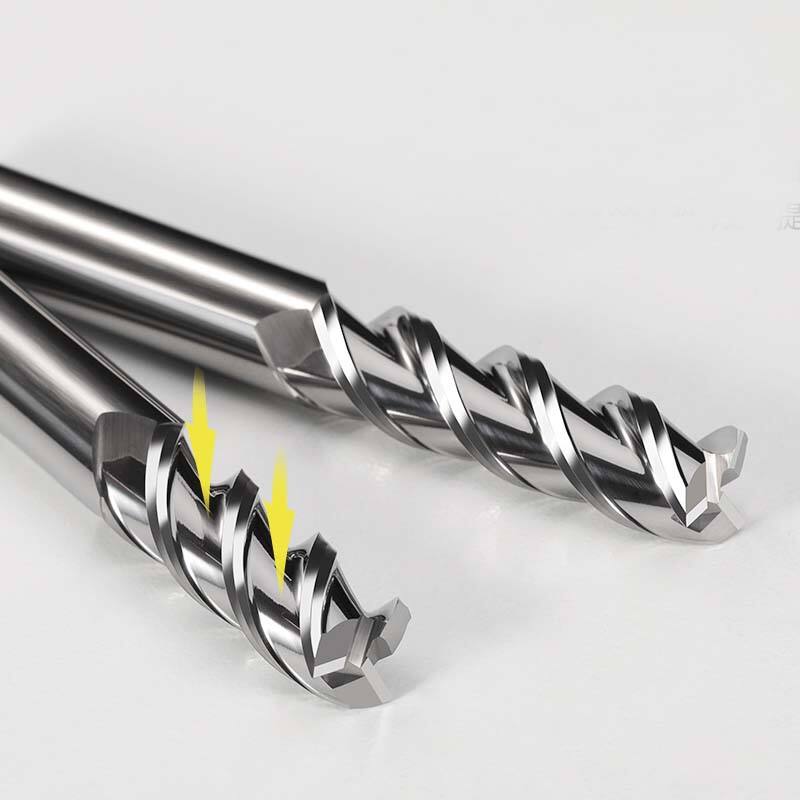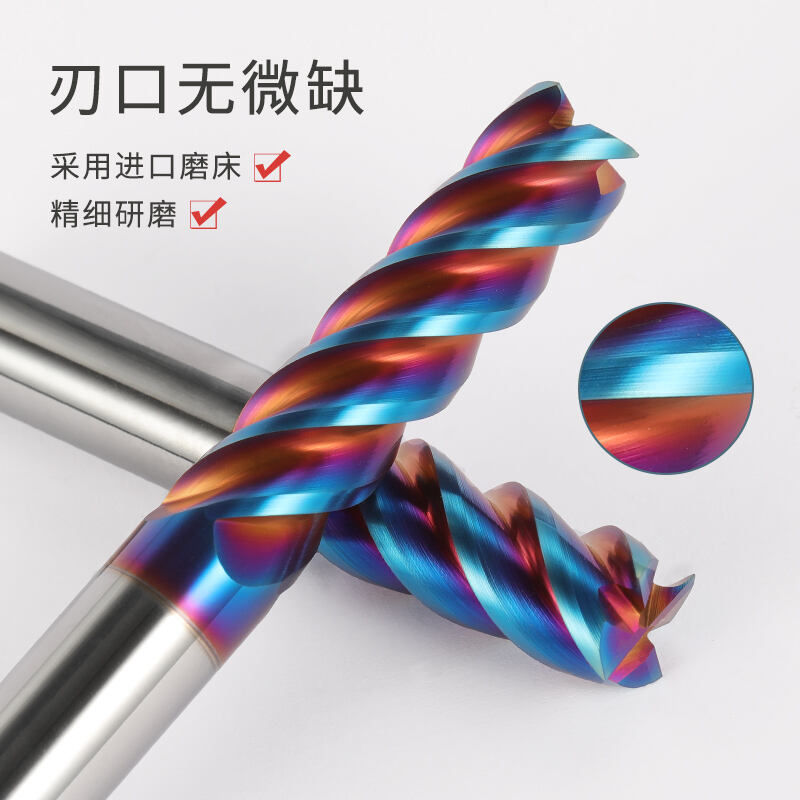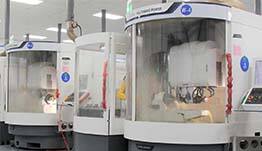How to correctly select alloy milling cutters
A milling cutter made of hard alloy is called a hard alloy milling cutter. Hard alloys are mainly composed of carbide micron sized powders of high hardness and refractory metals; A powder metallurgy product made by sintering cobalt or nickel as a binder in a vacuum furnace or hydrogen reduction furnace.
Hard alloy milling cutters are mainly divided into: integral hard alloy milling cutters, hard alloy straight shank slot milling cutters, hard alloy saw blade milling cutters, hard alloy end milling cutters, and hard alloy ball end milling cutters.
1、 Hard alloy milling cutter usage:
Hard alloy milling cutters are generally used in CNC machining centers and CNC engraving machines. It can also be installed on a regular milling machine to process some relatively hard and uncomplicated heat treatment materials. The details are as follows:
1. Hard alloy angle milling cutter: used for milling grooves at a certain angle, there are two types of milling cutters: single angle and double angle.
2. Hard alloy face milling cutter: used for machining flat surfaces on vertical milling machines, end face milling machines, or gantry milling machines. There are cutter teeth on both the end face and circumference, as well as coarse and fine teeth. There are three types of structures: integral, toothed, and indexable.
3. Hard alloy three sided milling cutter: used for processing various grooves and step surfaces, with cutter teeth on both sides and circumference.
4. Hard alloy end milling cutter: used for machining grooves and step surfaces, etc. The cutter teeth are on the circumference and end face, and cannot be fed along the axial direction during operation. When there are end teeth passing through the center on the end milling cutter, it can be fed axially.
5. Hard alloy cylindrical milling cutter: used for machining flat surfaces on horizontal milling machines. The cutter teeth are distributed on the circumference of the milling cutter and can be divided into two types according to tooth shape: straight teeth and spiral teeth. According to the number of teeth, it can be divided into two types: coarse teeth and fine teeth. If the number of teeth in the spiral tooth coarse tooth milling cutter is small, the tooth strength is high and the chip holding space is large, making it suitable for rough machining; Fine tooth milling cutters are suitable for precision machining.
2、 Hard alloy milling cutter milling method
There are two main milling methods for the feed direction of the hard alloy milling cutter relative to the workpiece and the rotation direction of the milling cutter:
1. Forward milling. The rotation direction of the milling cutter is the same as the feed direction of the cutting. At the beginning of the cutting, the milling cutter bites the workpiece and cuts the final chips.
2. Reverse milling. The rotation direction of the milling cutter is opposite to the feed direction of the cutting. Before starting the cutting, the milling cutter must slide a section on the workpiece, starting with a cutting thickness of zero, and reaching the maximum cutting thickness at the end of the cutting.
During forward milling, the cutting force presses the workpiece towards the workbench, while during reverse milling, the cutting force forces the workpiece away from the workbench. Due to the best cutting effect of forward milling, forward milling is usually chosen. Only when there is a problem with thread clearance or a problem that cannot be solved by forward milling can reverse milling be considered.
3、 Hard alloy milling cutter maintenance
When the axis line of the hard alloy milling cutter coincides with the edge line of the workpiece or approaches the edge line of the workpiece, the operator should do the following equipment maintenance work:
1. Check the power and stiffness of the machine tool to ensure that the required milling cutter diameter can be used on the machine tool.
2. The overhang of the tool on the spindle should be as short as possible to reduce the impact load caused by the milling cutter axis and workpiece position.
3. Use the correct milling cutter pitch suitable for this process to ensure that there are not too many blades simultaneously meshing with the workpiece during cutting, causing vibration. On the other hand, when milling narrow workpieces or milling cavities, it is necessary to ensure that there are enough blades meshing with the workpiece.
4. Ensure that the feed rate for each blade is used to achieve the correct cutting effect when the chips are thick enough, thereby reducing tool wear. Adopting an indexable blade with a straight front corner groove shape to achieve smooth cutting effect and the lowest power.
5. Select a milling cutter diameter suitable for the width of the workpiece.
6. Choose the correct main deflection angle.
7. The milling cutter should be placed in the correct position.
8. Only use cutting fluid when necessary.
4、 Selection of hard alloy milling cutters
Except for end milling cutters and some end milling cutters, as well as hard alloy milling cutter materials, other types of milling cutters for stainless steel generally use high-speed steel, especially tungsten, molybdenum series, and high vanadium high-speed steel, which have good effects. Their tool durability is 1-2 times higher than that of W18Cr4V. The grades of hard alloy suitable for making stainless steel milling cutters include YG8, YW2, 813, 798, YS2T, YS30, etc.
Stainless steel has strong adhesion and fusion properties, and chips are easily adhered to the milling cutter blade, which worsens cutting conditions; During reverse milling, the blade first slides on the hardened surface, increasing the trend of work hardening; During milling, there is significant impact and vibration, making the milling cutter blade prone to chipping and wear.
Using a waveform edge end milling cutter to process stainless steel pipes or thin-walled parts, the cutting is light and fast, with less vibration, fragile chips, and the workpiece is not easily deformed. High speed milling with carbide end mills and indexable end mills can achieve good results in milling stainless steel.
When milling stainless steel, the forward milling method should be used as much as possible. The asymmetric forward milling method can ensure that the cutting edge smoothly separates from the metal, and the chip bonding contact area is small. It is easy to be thrown off under the action of high-speed centrifugal force, so as to avoid the phenomenon of chip peeling and edge collapse before the chip impacts the cutting surface when the cutting teeth re cut into the workpiece, improving the durability of the tool.

 EN
EN
 AR
AR
 BG
BG
 HR
HR
 CS
CS
 DA
DA
 NL
NL
 FI
FI
 FR
FR
 DE
DE
 EL
EL
 HI
HI
 IT
IT
 JA
JA
 KO
KO
 NO
NO
 PL
PL
 PT
PT
 RO
RO
 RU
RU
 ES
ES
 SV
SV
 CA
CA
 TL
TL
 IW
IW
 ID
ID
 LV
LV
 LT
LT
 SR
SR
 SK
SK
 SL
SL
 UK
UK
 VI
VI
 SQ
SQ
 ET
ET
 GL
GL
 HU
HU
 MT
MT
 TH
TH
 TR
TR
